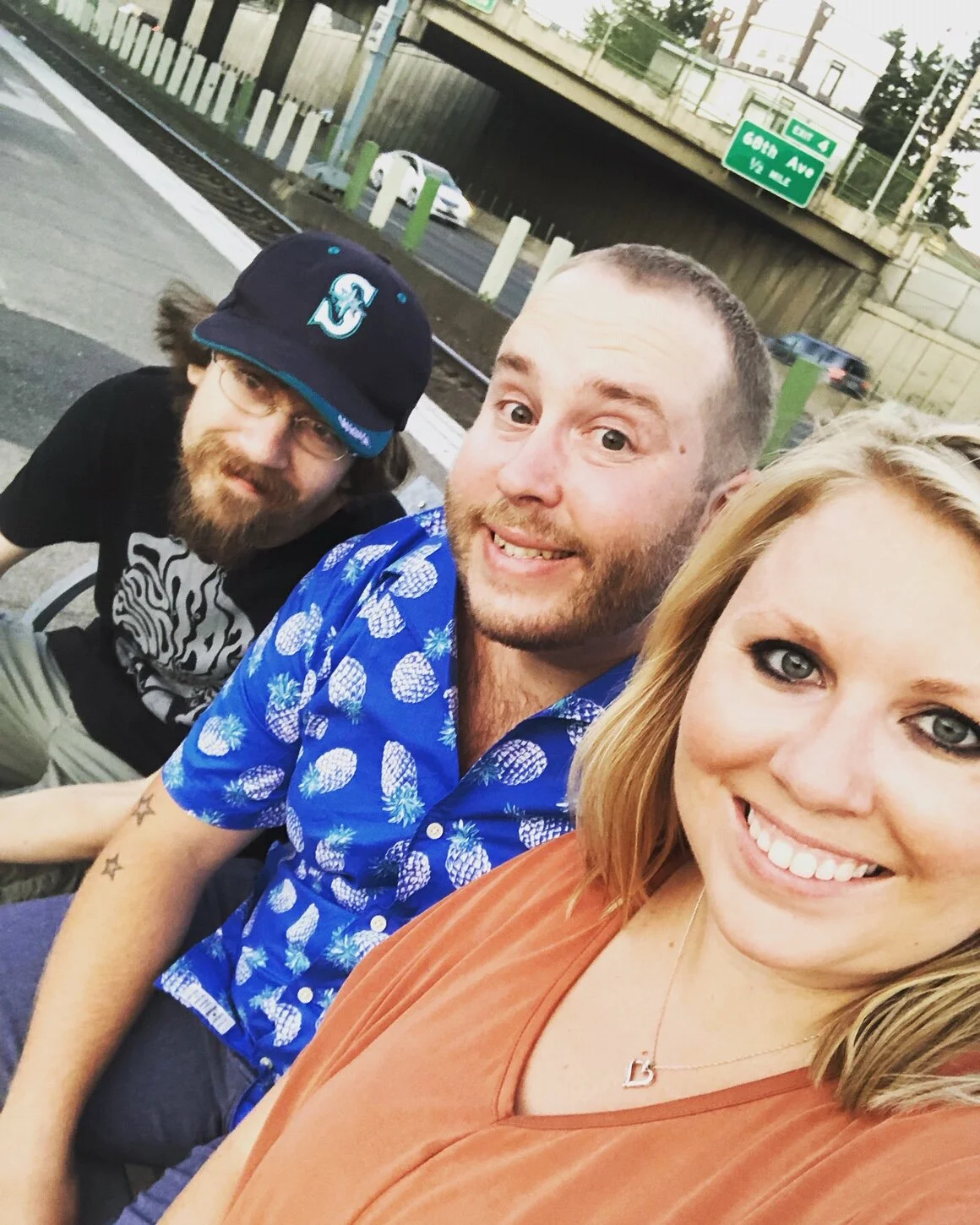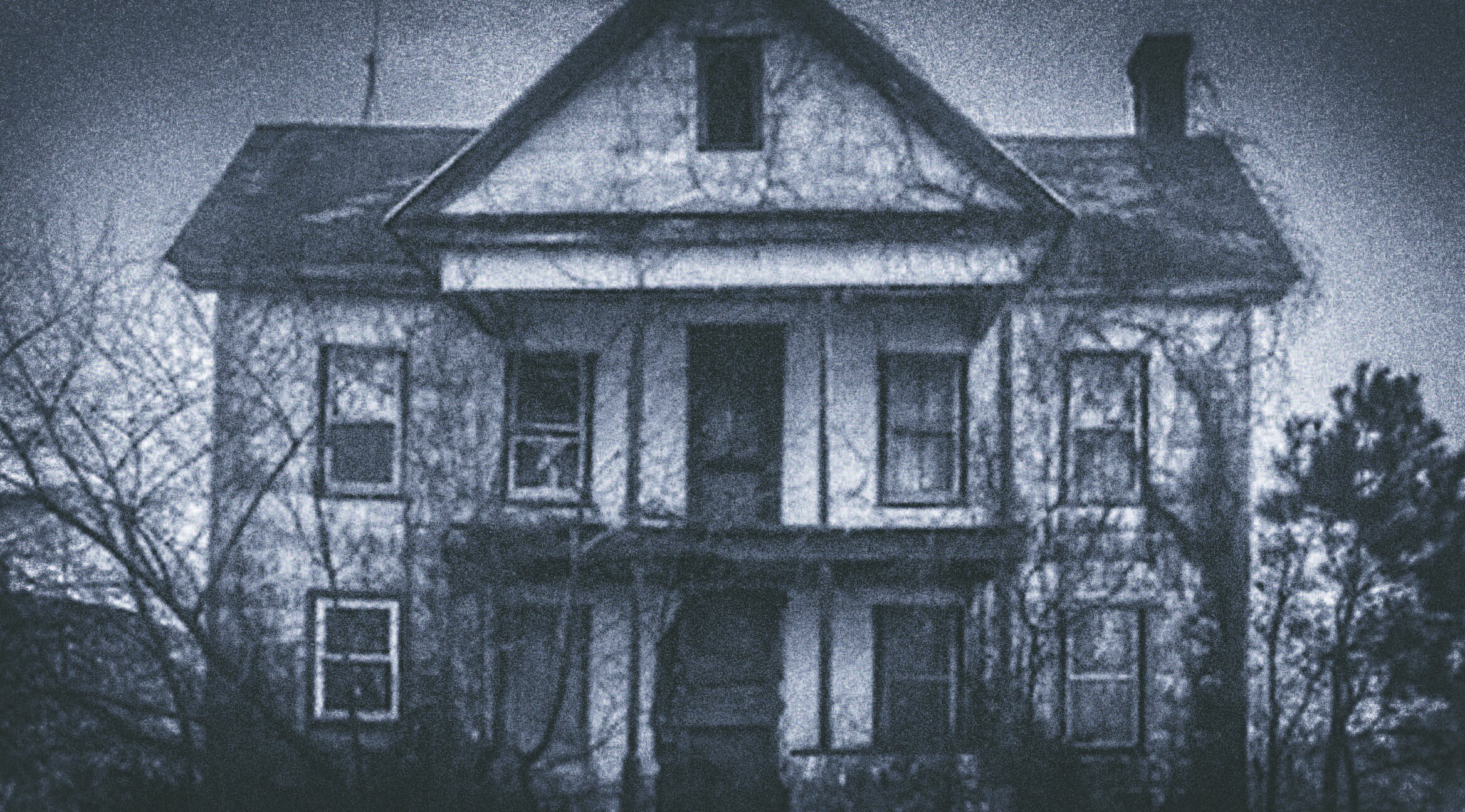By Ron Evans
Local musicians and music archivists Dustin Hays and Matthew Smith have spent countless hours over the past two years hunting and digging for local music relics - to be compiled in a coffee table book showcasing the varied bands and venues from Wenatchee’s past. The result of that effort is a 154-page paperback that is now out and ready for your eagerly awaiting paws to flip through.
“Rotten To The Core: Relics Of Wenatchee Rock 'n' Roll 1990-1999” is both a walk down (in many cases a very foggy) memory lane and an impressive work of historical record. And while Hays and Smith are mostly associated with the local punk scene (something that is certainly a component to the book) this collection is rather eclectic, covering everything from alternative/grunge and acoustic-based folk to metal and Christian rock.
It’s great to see the photos of the bands and scans of all the old flyers that used to be ubiquitous on the more prominent power poles around town. But seeing the venues themselves in their hayday (most that have long since shuttered their doors) really adds a weight to the project that’s nostalgic and also a bit...haunting. There’s a photo of the exterior of the Franklin House - and it’s the first time I’d seen the beloved venue since it was torn down in the late 90’s to make way for the Columbia Station.
Like much of the music scene around here past and present… this book was a labor of love with no financial backing. “Totally DIY grass roots.” Smith said. “Just two guys drinking in the back of Wally’s (with Dustin’s hands on the computer I did most of the drinking) one night a week tracking down leads, pulling information strings and diving down rabbit holes on the internet looking for anything with ties to local music from the 90’s.” I reached out to Hays and Smith to see how all of this came together.
First off, the obvious stuff… Tell us about the conception, all of the ways you went about collecting these images and flyers, how long it took, and what your overall hope or vision with the book was.
Hays: Somewhere towards the beginning of 2018, when the Apple Capital Records exhibit I put together (with the Wenatchee Museum) was about to close, I was looking for what my next project was going to be. A friend of mine had shown me a book that a ‘80s punk band published with a ton of their old flyers. While curating the exhibit I had been getting more and more interested in the stuff he was digging up about local ‘90s bands. I could be remembering it wrong, but I think that the night that Not All There was playing in the museum, I approached Matt with putting together a book.
Smith: Dustin was the man with the idea for the book. I grew up in the music scene in Wenatchee and have been involved in it going back to the mid 90’s. So outta love for the rock and punk scene I started a Facebook page called “Wenatchee Punk: Past and Present” in 2015 to share memories, flyers, and pictures of the bands before they got lost forever. Dustin being the music bloodhound that he is was a constant contributor to that page. I think around 2018 Dustin hit me up with the idea of a coffee table type book of nothing but old flyers from the area. We spent more than a year compiling the flyers, but along the way we came across band pics and the idea warped into including those in the book. But flyers and band pics without band info seemed a little incomplete, so we started compiling band lineups and information about their music releases and merch. That added about another year to the project.
Hays: The first year was just Matthew and I separately trying to track down who still had flyers from those shows. Asking around town, emails, phone calls, that kinda thing. As we were finding flyers, we started rounding up photos, merch and band lineups, and quickly changed the idea to include all that good stuff.
Any favorite discoveries or submissions while you were digging and researching for the book?
Hays: The huge collection of flyers and photos that Joel Ross (vocalist for Lopez) had was pretty incredible. It kinda felt like Christmas going through all of them trying to organize everything together.
Way before I had dug my heels into the “super into Wenatchee music” thang, back in 2006 or ‘07, the Loomis shirt was something that my friend Taisha was wearing. She had told me it was a band she went to school with - named after a pretty universally disliked Eastmont teacher… In 2017 she was able to dig it out for me to display in the T-Shirt mini-exhibit at the museum. But it took us a year or so to track down a few photos of the band.
Certain things felt like huge wins when we found them, whether it be photos of Iodine recording the Tincture cassette, the Scam & the Killer Bees ‘Barn’ flyers, the Heroin Tub Crash flyers. There were a few things that we just didn’t think we would find, there were always mini-celebrations when we found something we really wanted.
Smith: Oh man, one of my favorites is a Moral Crux flyer from 1990 for a show at the East Wenatchee Sunset Highway Grange. It’s one of the earliest punk shows I could find info on in this area. I’m betting there were more from that time and earlier but I haven’t been able to find much else yet.
1996 - Gas Huffer at the Franklin - 3rd Hit Magazine
Another favorite is a picture of Gas Huffer from the show they played at the Franklin House in 1996. I was 16 and showed up early for that show. I couldn’t believe that a band I owned a cassette tape of (yeah, I’m old) was playing in my shitty little town. It was a really great show.
Obviously being into the music is a given, but plenty of people are music fans but don’t really stop to consider the history of the bands and artists that came before them from their own community. Tell us a bit about your interest in the past as well as sustaining and nurturing a thriving scene in the present day.
Smith: The shows at the Franklin House and later at the IOOF hall really shaped me and my musical interests. Music has always been a big part of my life. Because of being able to see young bands and go to all age shows locally I’ve always felt like music was accessible and getting involved was easy. So I started a band, Not All There. I later joined Wayward Youth that had Joel Myrene on bass and at that time he was booking a lot of shows at the IOOF hall. When Joel left town for college I decided to try my hand at booking shows. Around 2003 I stepped back for a few years as I got more serious about college and didn’t really get back into the local scene until 2007 when Not All There got back together. With Snatchee Records coming together around that time the music scene started to thrive again after a lull for a couple years. In 2012 the opportunity to run Snatchee Records with Ando Peart came up and I jumped at the chance to partner with him to keep helping. Throughout that entire time I’ve met great people and have heard a lot of great music. Some of these bands came and went in a short period of time but they got my attention when they were here. They should be remembered.
1993 Scam at The Barn - TJ Troy
Hays: I’ve always been interested in history, and grew up in a music heavy household - mom was a disc jockey and dad had grown up seeing local bands, and briefly played in groups and booked shows. In high school I started becoming rather obsessed with tracking down the largely unpreserved history of a local ‘60s record label Julian Records. In 2016 I started working on the exhibit with the museum. While working on the exhibit, my scope for researching old local groups really broadened and I began spending more and more time digging around for other gems from Wenatchee’s past music scenes. Researching old Wenatchee bands has evolved to become a healthy chunk of my life.
How and where was the book published?
Smith: A little ways back I was one of a group of people working on the Rotting Apple zine that was the brainchild of the brilliant Mike Graham here in Wenatchee. Commercial Printing was the printer we used to put the zine out. Later on they became Snatchee Records’ go to for printing concert flyers and vinyl record sleeves for Snatchee Records releases. So they were a natural local business to start with. Dustin spent countless hours on his laptop computer cutting, sizing, moving, and resizing all of the pages on AdobePhotoshop. That’s a great program for a project like this.
1996 Credit - Chris Golden
Is there any plan to make a peripheral album as a companion piece for the book? Seems like with Dustin’s digging of actual music, his collection would likely contain many of the bands featured in the book.
Smith: The idea of a record to accompany the book was abandoned a while back when the production price got too high. Dustin might have ideas for something online, but we kind of hope that this book reaches people that haven’t gone through their photo albums, garages, and storage closets yet. Maybe we will see a new flush of pics and flyers hitting social media and if that happens hopefully we can do a companion pamphlet down the road to update and further complete the info in the book. We know there’s a lot of relevant stuff that is not in the book because we couldn’t find it.
Hays: The introduction of some investors or silent partners could definitely up the possibility of (an album release) happening.
How can people get their hands on the book?
Hays: Right now - with everything closed, you can purchase the book through the Bandcamp page (link below). Or you can contact Matthew or myself on Facebook. I would imagine that when stores open back up, there will be a place or two around town where you could pick up a copy.
The response I’m seeing on social media seems very enthusiastic which is great to see after you both spent that much time on the project.
Smith: It really is nice to see other people appreciate that era of music from Wenatchee. Many people that have bought the book were there and I hope this brings back great memories for them.
Hays: I’m really glad people are enjoying them. The book was just an idea for the longest time, to finally have the finished product to share with people is a great feeling. Hopefully it’ll get a few people to pick up an instrument they might’ve been neglecting, get a few bands to form or at least get people talking about Wenatchee bands!
Order Rotten To The Core: Relics of Wenatchee Rock ‘n’ Roll 1990-1999 Here


































